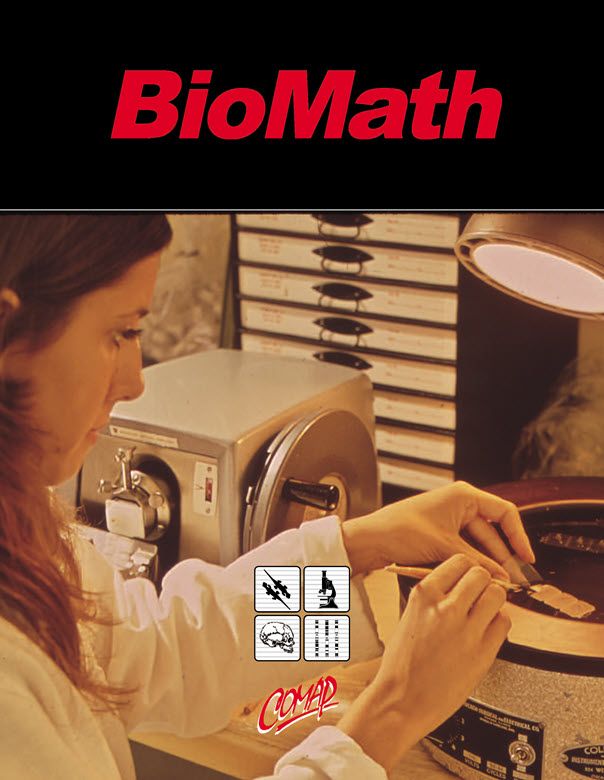Pass It On! Disease Competition (Student)
Author: Published by COMAP, Inc. in conjunction with DIMACS, Rutgers University.
What is the BioMath Connection (BMC) Project?
BMC was a pioneering project linking biology and mathematics in the high schools. It provided an opportunity for high school teachers, writers, researchers, and others to get in on the ground floor of developing innovative classroom materials. The materials consist of 20 modules that can be flexibly adapted for use in a variety of courses at a variety of grade levels in both biology and mathematics. The project was run by DIMACS at Rutgers University in collaboration with the Consortium for Mathematics and its Applications (COMAP) and Colorado State University (CSU).
Members of a population display many variations. They may be visible traits or internal differences in genetic make up. These variations may result in either "success" or "failure" of the individuals. The concept of natural selection is developed in that those organisms with more successful traits reproduce at a greater rate than those with less successful traits. Some research uses the concept of infectious disease-causing organisms to model this concept. The ability to increase their rate of transmission from one host to another increases these organisms' chance of being successful in an evolutionary sense; therefore, various methods of transmission are important to discuss. Mathematical analysis of these different methods of transmission provides insight into their possible evolutionary success rates and perhaps even that of the organisms that utilize these methods. This analysis illustrates connections between reproductive success and evolutionary success.
Topics
Biology: Biological success of disease-causing agents due to success at reproduction and survival, adverse reactions of infectious diseases in their host organisms, means of transmission of infectious diseases, susceptibility to diseases.
Mathematics: Multiplying fractions, decimals, and percentages; single- and multi-stage probability events, disjoint and independent events.
Prerequisites
Biology: This unit deals primarily with disease transmission and successful survival strategies of the disease-causing organism. It does not assume any prior knowledge about biology, but a basic understanding that biological success depends only on the two mutually linked characteristics of survival and reproduction would provide a greater biological context for the explicit examination of evolution of disease.
Mathematics: The unit uses decimal multiplication and percentage calculations to introduce basic concepts in probability calculation. Concepts beyond decimal multiplication and percentages are developed in such a way that students can learn them for the first time or refresh their prior knowledge of those topics. The materials in the unit give teachers options about how much emphasis to place on the development of the mathematical content.
Length
This unit consists of 4 lessons, one simulation and a multi-part assessment. It will take 4-5 class periods (45 minutes each) if the majority of work is done during class.

Mathematics Topics:
Application Areas:
Prerequisites:
You must have one of our Free Memberships or a paid Full Membership to download this resource.
If you're already a member, login here.